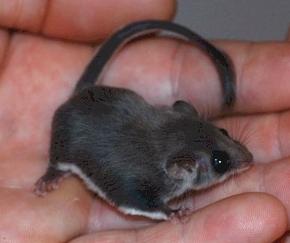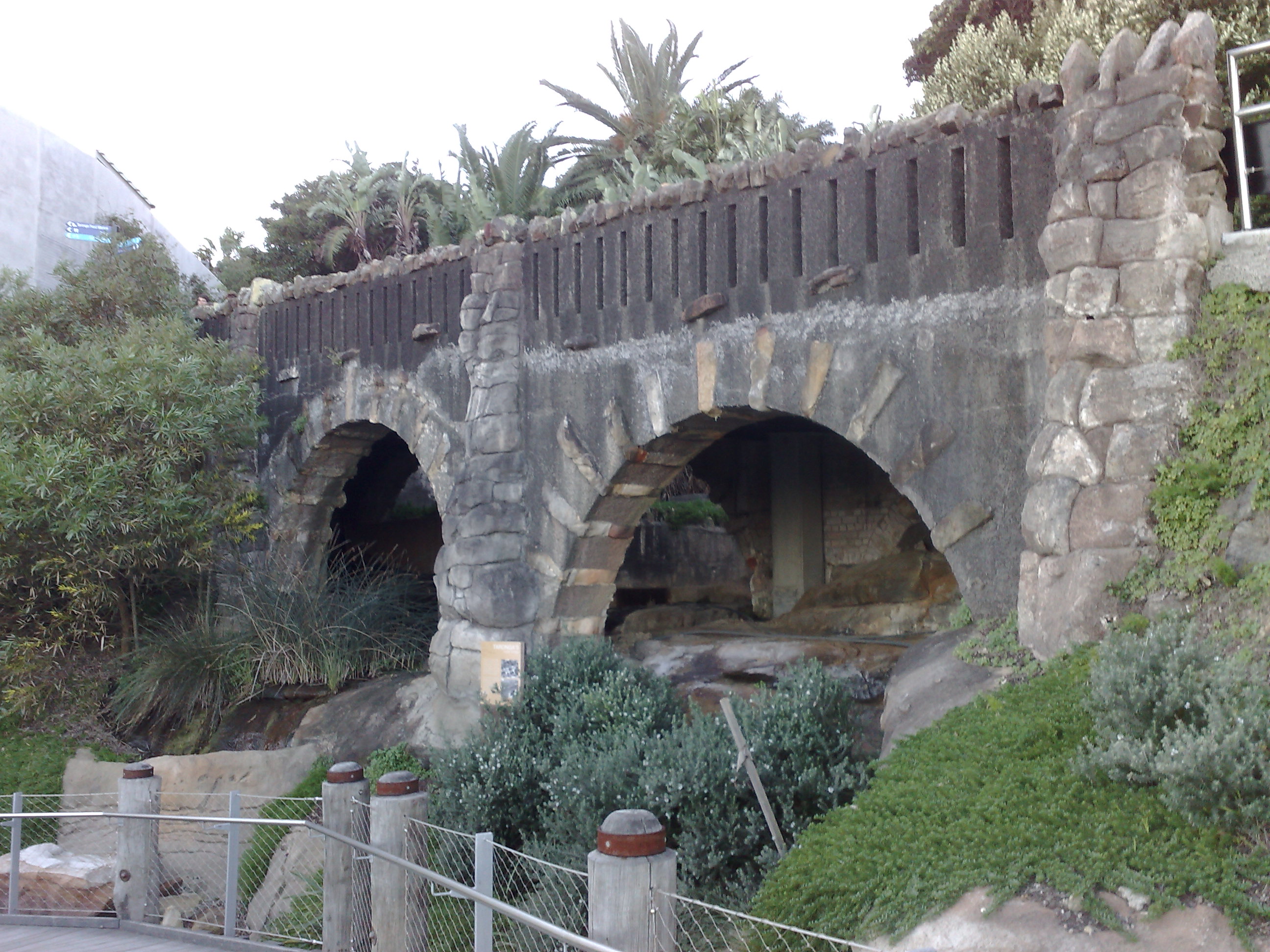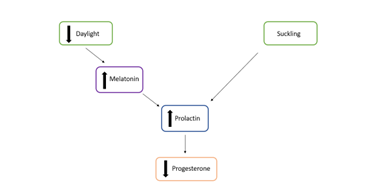|
Feather-tailed Glider
The feathertail glider (''Acrobates pygmaeus''), also known as the pygmy gliding possum, pygmy glider, pygmy phalanger, flying phalanger and flying mouse, is a species of marsupial native to eastern Australia. It is the world's smallest gliding mammal and is named for its long feather-shaped tail. A second species, the broad-toed feathertail glider (''Acrobates (Dromicia) frontalis'', De Vis 1887) is recognised by some authors based on unpublished genetic studies and cryptic morphological differences in toe and tail characteristics. With this recognition, it is suggested that ''Acrobates pygmaeus'' takes the common name narrow-toed feathertail glider. Description At just in head-and-body length and weighing about , the feathertail glider is only around the size of a small mouse, and is the world's smallest gliding mammal. The fur is soft and silky, and is a uniform greyish brown on the upper body, and white on the underside. There are rings of dark fur around the eyes, the rh ... [...More Info...] [...Related Items...] OR: [Wikipedia] [Google] [Baidu] |
Anselme Gaëtan Desmarest
Anselme Gaëtan Desmarest (6 March 1784 – 4 June 1838) was a French Zoology, zoologist and author. He was the son of Nicolas Desmarest and father of Eugène Anselme Sébastien Léon Desmarest. Desmarest was a disciple of Georges Cuvier and Alexandre Brongniart, and in 1815, he succeeded Pierre André Latreille to the professorship of zoology at the '. He was elected to the American Philosophical Society in 1819 and to the Académie Nationale de Médecine in 1820. Desmarest published ' (1805), ' (1825), ' (1820) and ' (1816–30, with André Marie Constant Duméril). The brown algae ''Desmarestia'' is named in honour of Desmarest, as well as the family (Desmarestiaceae) — and in turn, the order (Desmarestiales) — of which the genus is the type species#In botany, type species. References French zoologists French taxonomists 1784 births 1838 deaths French carcinologists French mammalogists French ornithologists 18th-century French zoologists 19th-century French ... [...More Info...] [...Related Items...] OR: [Wikipedia] [Google] [Baidu] |
South Australia
South Australia (commonly abbreviated as SA) is a state in the southern central part of Australia. It covers some of the most arid parts of the country. With a total land area of , it is the fourth-largest of Australia's states and territories by area, and second smallest state by population. It has a total of 1.8 million people. Its population is the second most highly centralised in Australia, after Western Australia, with more than 77 percent of South Australians living in the capital Adelaide, or its environs. Other population centres in the state are relatively small; Mount Gambier, the second-largest centre, has a population of 33,233. South Australia shares borders with all of the other mainland states, as well as the Northern Territory; it is bordered to the west by Western Australia, to the north by the Northern Territory, to the north-east by Queensland, to the east by New South Wales, to the south-east by Victoria, and to the south by the Great Australian Bight.M ... [...More Info...] [...Related Items...] OR: [Wikipedia] [Google] [Baidu] |
Australian One-cent Coin
The cent, formally the one-cent coin, was the lowest-denomination coin of the Australian dollar. It was introduced on 14 February 1966 in the decimalisation of Australian currency and was withdrawn from circulation in 1992 (along with the two-cent coin). It is still minted as a non-circulating coin. One-cent and two-cent coins are legal tender only up to the sum of 20 cents (preventing large debts from being paid in small coins). Description From 1966 until 1984 the obverse featured the portrait of Queen Elizabeth II by Arnold Machin. It was changed in 1985 to a version by Raphael Maklouf, which remained until its withdrawal from circulation in 1992. The reverse side of the coin features the image of a feathertail glider (''Acrobates pygmaeus''), a gliding possum unique to Australian states bordering the Pacific Ocean. The image was designed by Stuart Devlin, who designed the reverses of all of the original Australian decimal coins. Production The first issue (1966) was ... [...More Info...] [...Related Items...] OR: [Wikipedia] [Google] [Baidu] |
Obverse And Reverse
Obverse and its opposite, reverse, refer to the two flat faces of coins and some other two-sided objects, including paper money, flags, seals, medals, drawings, old master prints and other works of art, and printed fabrics. In this usage, ''obverse'' means the front face of the object and ''reverse'' means the back face. The obverse of a coin is commonly called ''heads'', because it often depicts the head of a prominent person, and the reverse ''tails''. In numismatics, the abbreviation ''obv.'' is used for ''obverse'',David Sear. ''Greek Imperial Coins and Their Values.'' Spink Books, 1982. p. xxxv. while ℞, )(Jonathan Edwards. ''Catalogue of the Greek and Roman Coins in the Numismatic Collection of Yale College, Volume 2.'' Tuttle, Morehouse & Taylor, 1880. p. 228. and rev.Allen G. Berman. ''Warman's Coins And Paper Money: Identification and Price Guide.'' Penguin, 2008. are used for reverse. In fields of scholarship outside numismatics, the term ''front'' is more com ... [...More Info...] [...Related Items...] OR: [Wikipedia] [Google] [Baidu] |
Taronga Zoo
Taronga Zoo is a zoo located in Sydney, New South Wales, Australia, in the suburb of Mosman, on the shores of Sydney Harbour. The opening hours are between 9:30 a.m. to 5 p.m. Taronga is an Aboriginal word meaning 'beautiful water view'. It was officially opened on 7 October 1916. Taronga Zoo Sydney is managed by the Zoological Parks Board of New South Wales, under the trading name Taronga Conservation Society, along with its sister zoo, the Taronga Western Plains Zoo in Dubbo. Divided into various zoogeographic regions, the Taronga Zoo Sydney is home to more than 2,600 animals of approximately 250 different species. It has a zoo shop, a cafe, and an information centre. History The Royal Zoological Society of New South Wales opened the first public zoo in New South Wales in 1884 at Billy Goat Swamp in Moore Park, on a site now occupied by Sydney Boys High School and Sydney Girls High School. Inspired by a 1908 visit to the Hamburg Zoo, the secretary of the zoo, Albert ... [...More Info...] [...Related Items...] OR: [Wikipedia] [Google] [Baidu] |
Poznań
Poznań () is a city on the River Warta in west-central Poland, within the Greater Poland region. The city is an important cultural and business centre, and one of Poland's most populous regions with many regional customs such as Saint John's Fair (''Jarmark Świętojański''), traditional Saint Martin's croissants and a local dialect. Among its most important heritage sites are the Renaissance Old Town, Town Hall and Gothic Cathedral. Poznań is the fifth-largest and one of the oldest cities in Poland. As of 2021, the city's population is 529,410, while the Poznań metropolitan area (''Metropolia Poznań'') comprising Poznań County and several other communities is inhabited by over 1.1 million people. It is one of four historical capitals of medieval Poland and the ancient capital of the Greater Poland region, currently the administrative capital of the province called Greater Poland Voivodeship. Poznań is a center of trade, sports, education, technology and touri ... [...More Info...] [...Related Items...] OR: [Wikipedia] [Google] [Baidu] |
New Zoo
New is an adjective referring to something recently made, discovered, or created. New or NEW may refer to: Music * New, singer of K-pop group The Boyz Albums and EPs * ''New'' (album), by Paul McCartney, 2013 * ''New'' (EP), by Regurgitator, 1995 Songs * "New" (Daya song), 2017 * "New" (Paul McCartney song), 2013 * "New" (No Doubt song), 1999 *"new", by Loona from '' Yves'', 2017 *"The New", by Interpol from ''Turn On the Bright Lights'', 2002 Acronyms * Net economic welfare, a proposed macroeconomic indicator * Net explosive weight, also known as net explosive quantity * Network of enlightened Women, a conservative university women's organization * Next Entertainment World, a South Korean film distribution company Identification codes * Nepal Bhasa language ISO 639 language code * New Century Financial Corporation (NYSE stock abbreviation) * Northeast Wrestling, a professional wrestling promotion in the northeastern United States Transport * New Orleans Lakefront A ... [...More Info...] [...Related Items...] OR: [Wikipedia] [Google] [Baidu] |
Weaning
Weaning is the process of gradually introducing an infant human or another mammal to what will be its adult diet while withdrawing the supply of its mother's milk. The process takes place only in mammals, as only mammals produce milk. The infant is considered to be fully weaned once it is no longer fed by any breast milk (or bottled substitute). Humans In some cultures, weaning progresses with the introduction of feeding the child food that has been prechewed by the parent along with continued breastfeeding, a practice known as premastication. The practice was important throughout human history in that it naturally gave a child a greatly improved protein source in addition to preventing iron deficiency. However, premasticated food from caregivers of lower socioeconomic status in areas of endemic diseases can result in the passing of the disease to the child. How and when to wean a human infant is controversial. The American Academy of Pediatrics recommends feeding a baby on ... [...More Info...] [...Related Items...] OR: [Wikipedia] [Google] [Baidu] |
Embryonic Diapause
Embryonic diapause (from late 19th century English: dia- ‘through’ + pause- 'delay') (aka delayed implantation in mammals) is an evolutionary reproductive strategy used by several animal species across a number of kingdoms, including approximately 130 different mammals, which takes place in order to ensure the survival of offspring. The process occurs at the blastocyst stage of embryo development in most species, and is characterized by a dramatic reduction or complete cessation of mitotic activity, arresting most often in the G0 or G1 phase of division. In placental embryonic diapause, the embryonic blastocyst does not immediately implant in the uterus after sexual reproduction has created the zygote, but rather remains in this non-dividing state of dormancy until conditions allow for attachment to the uterine wall to proceed as normal. As a result, the normal gestation period is extended for a species-specific time. Organisms which undergo embryonic diapause are able to synchron ... [...More Info...] [...Related Items...] OR: [Wikipedia] [Google] [Baidu] |
Torpor
Torpor is a state of decreased physiological activity in an animal, usually marked by a reduced body temperature and metabolic rate. Torpor enables animals to survive periods of reduced food availability. The term "torpor" can refer to the time a hibernator spends at low body temperature, lasting days to weeks, or it can refer to a period of low body temperature and metabolism lasting less than 24 hours, as in "daily torpor". Animals that undergo daily torpor include birds (even tiny hummingbirds, notably Cypselomorphae) and some mammals, including many marsupial species, rodent species (such as mice), and bats. During the active part of their day, such animals maintain normal body temperature and activity levels, but their metabolic rate and body temperature drop during a portion of the day (usually night) to conserve energy. Some animals seasonally go into long periods of inactivity, with reduced body temperature and metabolism, made up of multiple bouts of torpor. This is kno ... [...More Info...] [...Related Items...] OR: [Wikipedia] [Google] [Baidu] |
Eucalyptus
''Eucalyptus'' () is a genus of over seven hundred species of flowering trees, shrubs or mallees in the myrtle family, Myrtaceae. Along with several other genera in the tribe Eucalypteae, including '' Corymbia'', they are commonly known as eucalypts. Plants in the genus ''Eucalyptus'' have bark that is either smooth, fibrous, hard or stringy, leaves with oil glands, and sepals and petals that are fused to form a "cap" or operculum over the stamens. The fruit is a woody capsule commonly referred to as a "gumnut". Most species of ''Eucalyptus'' are native to Australia, and every state and territory has representative species. About three-quarters of Australian forests are eucalypt forests. Wildfire is a feature of the Australian landscape and many eucalypt species are adapted to fire, and resprout after fire or have seeds which survive fire. A few species are native to islands north of Australia and a smaller number are only found outside the continent. Eucalypts have been grow ... [...More Info...] [...Related Items...] OR: [Wikipedia] [Google] [Baidu] |
Arthropods
Arthropods (, (gen. ποδός)) are invertebrate animals with an exoskeleton, a Segmentation (biology), segmented body, and paired jointed appendages. Arthropods form the phylum Arthropoda. They are distinguished by their jointed limbs and Arthropod cuticle, cuticle made of chitin, often Mineralization (biology), mineralised with calcium carbonate. The arthropod body plan consists of segments, each with a pair of appendages. Arthropods are bilaterally symmetrical and their body possesses an exoskeleton, external skeleton. In order to keep growing, they must go through stages of moulting, a process by which they shed their exoskeleton to reveal a new one. Some species have wings. They are an extremely diverse group, with up to 10 million species. The haemocoel, an arthropod's internal cavity, through which its haemolymph – analogue of blood – circulates, accommodates its interior Organ (anatomy), organs; it has an open circulatory system. Like their exteriors, the internal or ... [...More Info...] [...Related Items...] OR: [Wikipedia] [Google] [Baidu] |







